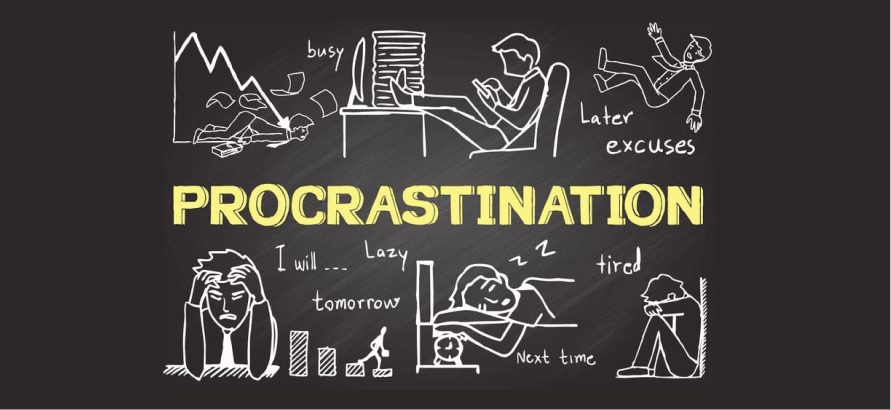Takeaway : The more boring, frustrating, difficult, meaningless, ambiguous, and unstructured a task is, the more likely you are to procrastinate with it. 10 strategies that will help you stop: flip these characteristics to make a task less aversive, recognize how your brain responds to "cognitive dissonance", limit how much time you spend on something, be kind to yourself, just get started, list the costs of procrastinating, become better friends with future-you, completely disconnect from the Internet, form "implementation intentions", and use procrastination as a sign that you should seek out more meaningful work. Whew.
494
421 reads
The idea is part of this collection:
Learn more about habits with this collection
How to develop a healthy relationship with money
How to create a budget
The impact of emotions on financial decisions
Related collections
Similar ideas to
Make a task less aversive
When you notice yourself procrastinating, use your procrastination as a trigger to examine a task’s characteristics and think about what you should change.
By breaking down exactly which attributes an aversive task has (boring, frustrating, difficult, meaningless, ambiguous...
Why you procrastinate
Procrastination is fundamentally an emotional reaction to what you have to do. The more aversive a task is to you, the more you’ll resist it, and the more likely you are to procrastinate.
Aversive tasks tend to: be boring, frustrating, difficult, lack intrinsic rewards, be ...
Procrastination: why we struggle to start
Procrastination is delaying an intended course of action despite expecting negative consequences for the delay.
Possible causes for procrastination:
- Task unpleasantness. Boring, frustrating and aversive tasks.
- Se...
Read & Learn
20x Faster
without
deepstash
with
deepstash
with
deepstash
Personalized microlearning
—
100+ Learning Journeys
—
Access to 200,000+ ideas
—
Access to the mobile app
—
Unlimited idea saving
—
—
Unlimited history
—
—
Unlimited listening to ideas
—
—
Downloading & offline access
—
—
Supercharge your mind with one idea per day
Enter your email and spend 1 minute every day to learn something new.
I agree to receive email updates
